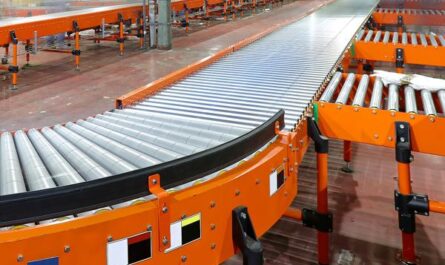Catamarans: The Multi-Hull Seafaring Vessel
Catamarans have been an integral part of maritime navigation for centuries. These multi-hull vessels provide advantages over traditional monohull boats through their stable and spacious design. In this article, we explore the history, engineering, and uses of catamarans both for recreation and transportation.
Origins and Design
The earliest recorded catamarans date back to Polynesia over 1500 years ago where they were used as simple fishin vessels and inter-island transports. The word “catamaran” itself originates from the Tamil language spoken in South India where they have been sailed for even longer. At their core, catamarans feature a lightweight hull structure composed of two parallel hulls or pontoons connected by a frame or bridgedeck. This arrangement provides benefits over single-hulled boats through increased stability, carrying capacity, and reduced risk of capsizing.
While the basic multi-hull design concept saw only gradual changes through history, modern engineering has optimized catamarans for performance. The twin hulls are now often made from materials like aluminum or carbon fiber composite for strength yet low weight. Their hull shapes are carefully modeled through computer fluid dynamics to achieve high speeds with minimal drag. Complex systems also stabilize the ride through active trim tabs and interceptors. These advancements have transformed catamarans into premier vessels for both commercial and recreational use.
Recreation and Racing
In the recreational sphere, catamarans opened up sailing to a wider audience through their stable and forgiving nature compared to monohulls. Their beamy design provides more interior space for accommodations below deck. Modern sailing catamarans come in a range of sizes for day sailing or living aboard, with features like enclosed cabins, galley kitchens, and even en-suite bathrooms. Numerous catamaran charters now operate worldwide for those seeking leisure cruises in the amenities of a multi-hull yacht.
Catamarans also revolutionized the sport of sailing as their performance capabilities led to the rise of match racing. Their ability to plane over water at higher speeds than monohulls made them competitive platforms for events like the America’s Cup and the Formula 40 class. Various sailing clubs now hold catamaran-specific regattas attracting serious amateur and professional sailors. Overall, recreational catamaran usage continues growing each year as more admire their enjoyable yet capable design.
Transportation Catamarans
While early catamarans primarily served local island communities, larger versions now provide passenger transportation on both inland waterways and ocean routes. Modern catamaran ferry designs can carry hundreds of people along with vehicles in spacious below deck areas. Their twin engine setup and quick handling aids safety in rougher conditions compared to traditional monohull ferries.
Several countries have successfully implemented high-speed catamaran services as an alternative to terrestrial road and rail links. Prominent examples include routes connecting communities within Washington state in America and services linking Melbourne to nearby Port Phillip Bay cities in Australia. The unique ability of catamarans to operate efficiently on shallow drafts also makes them viable on routes inaccessible to larger ships. Overall, as governments aim to reduce emissions from road traffic, catamaran ferries play an increasing role in sustainable public transportation networks.
Military and Utility Roles
Beyond transportation and recreation, catamarans also serve many government and commercial roles through specialized vessel designs. Various navies operate missile armed fast attack catamarans optimized for coastal interdiction. Their small draft allows access to sheltered waterways while twin engines grant speeds surpassing monohull crafts. Larger versions act as offshore patrol and interception platforms. Similar craft serve important roles with coast guards and anti-smuggling agencies worldwide.
In commercial spheres, catamarans feature in applications as diverse as survey vessels, dive boats, fish farming tenders and offshore support. A key use is within the offshore energy industry where catamarans transport technicians and lighter supplies to wind farms and oil platforms faster than larger ships. As multi-purpose work vessels, they combine cargo capacity with high maneuverability required to safely operate near installations. Looking ahead, we can expect further specialization and roles to emerge for catamarans as their unique strengths continue serving modern maritime needs.
Over centuries of gradual evolution and recent technological enhancements, catamarans have cemented their place in the maritime world. Their twin-hull stable design delivers advantages for diverse applications from recreation to rapid coastal transportation. As naval architects continue refining their performance, seakeeping abilities, and specialized roles, catamarans will likely maintain prominence both on the open ocean and within inland waterways. Their blending of capacity, speed, and access make multi-hull vessels resilient ships for the future of global waterborne activities.
Note:
1. Source: Coherent Market Insights, Public sources, Desk research
2. We have leveraged AI tools to mine information and compile it




